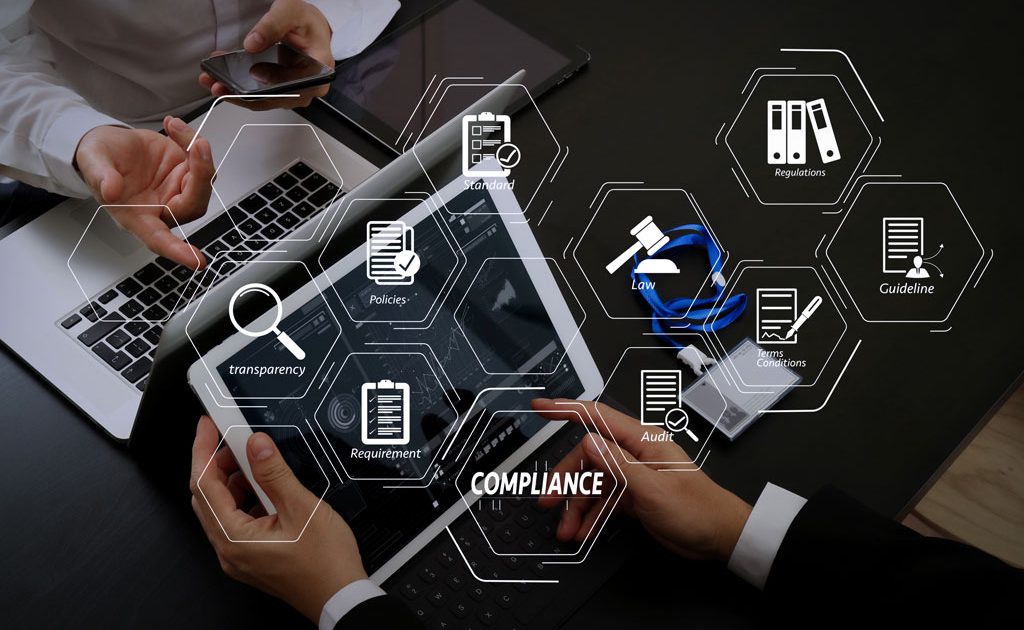Today’s organizations handle an overwhelming amount of data, including emails, documents, databases, images, videos, social media platforms IoT feeds, etc. Effective data management is needed for maintaining compliance, mitigating risks, and unlocking the value of data assets. And information governance is key to achieving these objectives.
Although many executives recognize the need for information governance, understanding what it entails can be unclear. This guide will clarify the concept of information governance, discuss its significance, identify its components, and provide best practices for effective implementation.
What is Information Governance?
Information governance (IG) is a strategic framework involving policies, processes, and controls designed to manage, protect, and leverage organizational information assets effectively. The core objective of IG is to treat information as a valuable corporate asset, ensuring it is managed consistently, securely, and in compliance with regulations throughout its lifecycle.
Key Components of Information Governance
Data Governance: This aspect of governance concentrates on setting policies, standards, and procedures that bring the quality, integrity, and security of data assets. Key activities include data classification, stewardship, metadata management, and data privacy practices.
Records Management: This process systematically controls and manages records from creation to disposal. It establishes procedures for record retention, classification, retrieval, and destruction to guarantee compliance with regulatory requirements and legal obligations.
Information Security: Information security focuses on protecting sensitive information from unauthorized access, disclosure, alteration, or destruction. It involves implementing security controls such as encryption, access controls, and security awareness training to protect data assets from cyber threats and insider risks.
Compliance and Legal: This facet of information governance makes sure that organizations comply with applicable laws, regulations, and industry standards related to the management and protection of information. It entails adhering to data protection regulations such as GDPR, HIPAA, and CCPA, as well as meeting industry-specific requirements.
Data Privacy: Data privacy initiatives focus on protecting individuals’ privacy rights by collecting, processing, and using personal data in compliance with relevant privacy laws and regulations. These efforts encompass creating and enforcing privacy policies, securing consent for data processing activities, and granting individuals the right to access and manage their personal information.
Importance of Information Governance
Effective information governance is crucial for organizations for several reasons:
Risk Mitigation: Information governance aids organizations in reducing risks related to data breaches, regulatory non-compliance, and legal disputes. This is achieved through the implementation ofrobust policies and controls for data management and protection.
Cost Reduction: It contributes to cost savings by streamlining data management processes, eliminating redundant data, and reducing compliance violations, thus making operations more efficientfor organizations.
Enhanced Decision-Making: It provides accurate, reliable, and timely information, supporting decision-making processes and enabling organizations to derive actionableinsights from their data.
Competitive Advantage: Effective programs allow organizations to more effectively leverage their information assets. Thus, they gain a competitive edge through enhanced operational efficiency, improved customer satisfaction, and innovation.
Best Practices for Implementing Information Governance
Establish Clear Policies and Procedures: Develop comprehensive policies and procedures for managing information assets. This should cover areas such as data classification, retention, access controls, and incident response to support structured and secure information management.
Foster a Culture of Compliance: Implement training programs to educate employees about their roles and responsibilities in information governance, emphasizing compliance with relevant policies and regulations. This keeps all team members informed and engaged in safeguarding the organization’s data assets.
Leverage Technology Solutions: Utilize technology solutions like data governance platforms, records management systems, and security tools to automate and enhance the efficiency of information governance processes. These tools help in effectively managing and protecting information assets.
Monitor and Audit Compliance: Consistently monitor and audit information governance processes to verify compliance with established policies and regulations, identify areas for improvement, and rectify any compliance gaps or violations.
Continuously Improve: Regularly assess and update your information governance program to align with evolving business needs, technological advancements, and regulatory changes.
Information governance is important for organizations aiming to effectively manage and leverage their information assets to achieve strategic goals and mitigate risks. By implementing robust policies, processes, and controls for data management throughout its lifecycle, organizations can improve compliance, reduce costs, and derive business value from their information assets.
As organizations face the ongoing challenge of handling vast amounts of data, the role of information governance continues to be essential in maintaining the integrity, security, and usability of their information resources.

